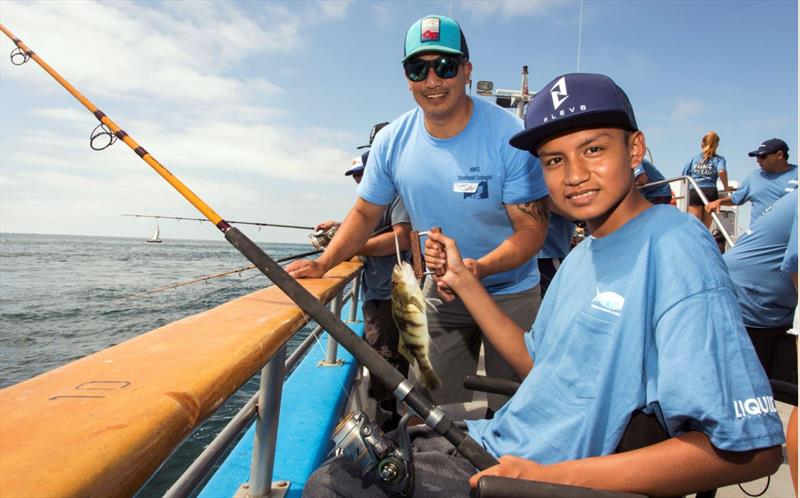
NOAA Fisheries supports youth angler engagement
by NOAA Fisheries 13 Jun 2019 14:01 UTC

Fish for Life Dana Point © Frank Armstrong
About a dozen youth anglers in Alaska's Bristol Bay region are hard at work this week learning about fish habitat, fishery science, resource management, ecology, and land use conservation. It's all part of the Bristol Bay Fly Fishing and Guide Academy, an annual training program supported this year by NOAA Fisheries.
The week-long program, which promotes water and habitat stewardship among anglers ages 15-24 and prepares participants for job opportunities in recreational tourism surrounding healthy salmon populations, is one of several youth fishing events supported each year by NOAA Fisheries.
At each event, our recreational fishing experts teach participants how to identify species, practice effective catch-and-release fishing, and take other steps that help secure recreational fishing opportunities for generations to come.
But we're also there to help the recreational fishing community hook future generations on saltwater angling.
Some 4,000 miles from Bristol Bay, Floridian anglers between 8 and 16 years old will this week take part in fishing clinics hosted by the Academic Angler Fishing Team. This is our first year supporting these clinics, and we are excited for what the future will bring for our collaboration with the program.
Staff members in the West Coast Region are also frequent volunteers during fishing trips hosted by Fish For Life, Marina Del Rey Anglers, Los Angeles Rod and Reel Club, and Larry Brown Youth and Veterans Fishing Charity Charters. Each of these trips host between 20 and 30 youth anglers and their chaperones, including young adults with disabilities or living in foster care programs.
Recreational fishing is one of America's favorite pastimes. It contributes tens of billions of dollars each year to our nation's coastal economies and working waterfronts, and provides an opportunity for children and families to enjoy the many benefits of outdoor recreation.
NOAA Fisheries is committed to engaging America's youth in our saltwater recreational fisheries and providing education on how to be responsible stewards of our marine resources. We will continue to collaborate with the recreational fishing community and other partners to maintain sustainable saltwater recreational fisheries resources, including healthy marine and estuarine habitats.
Interested in getting involved? Reach out to one of our recreational coordinators with any ideas or questions.
Additional Resources: